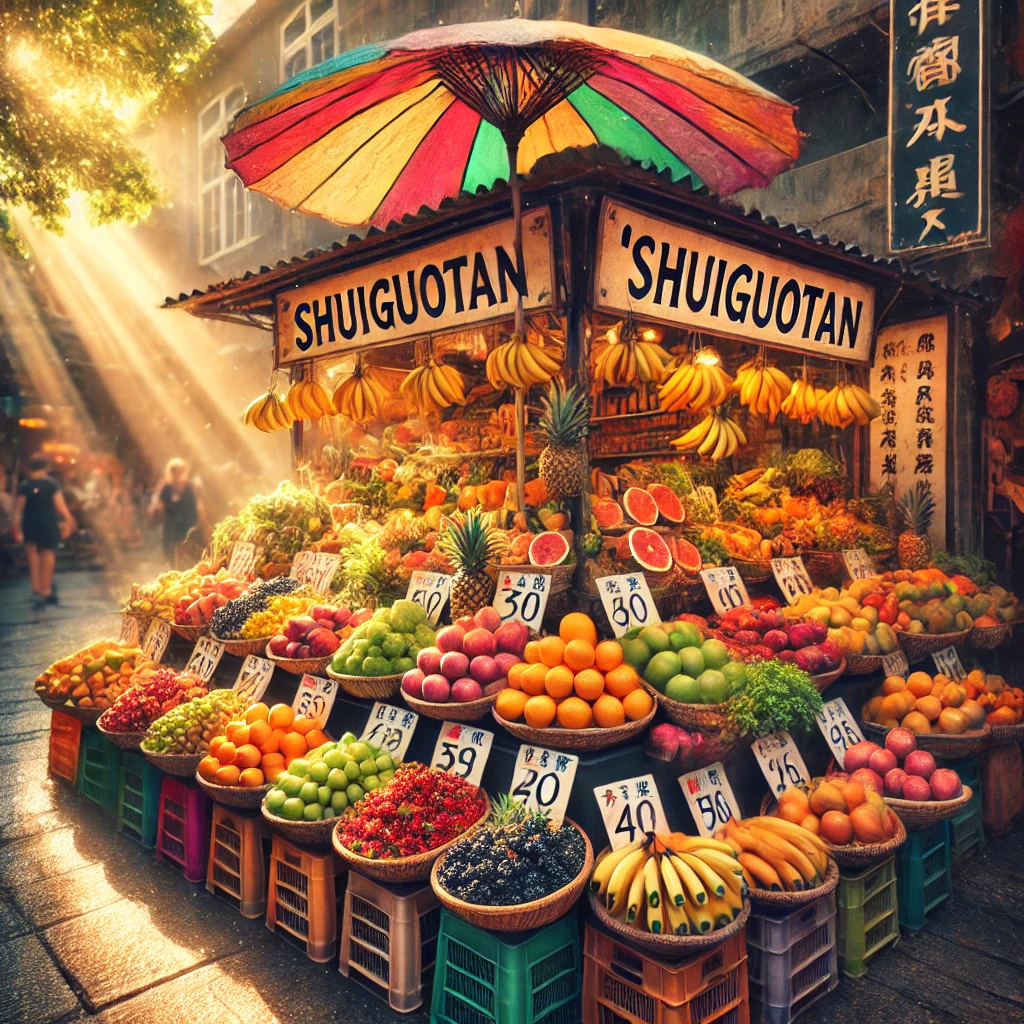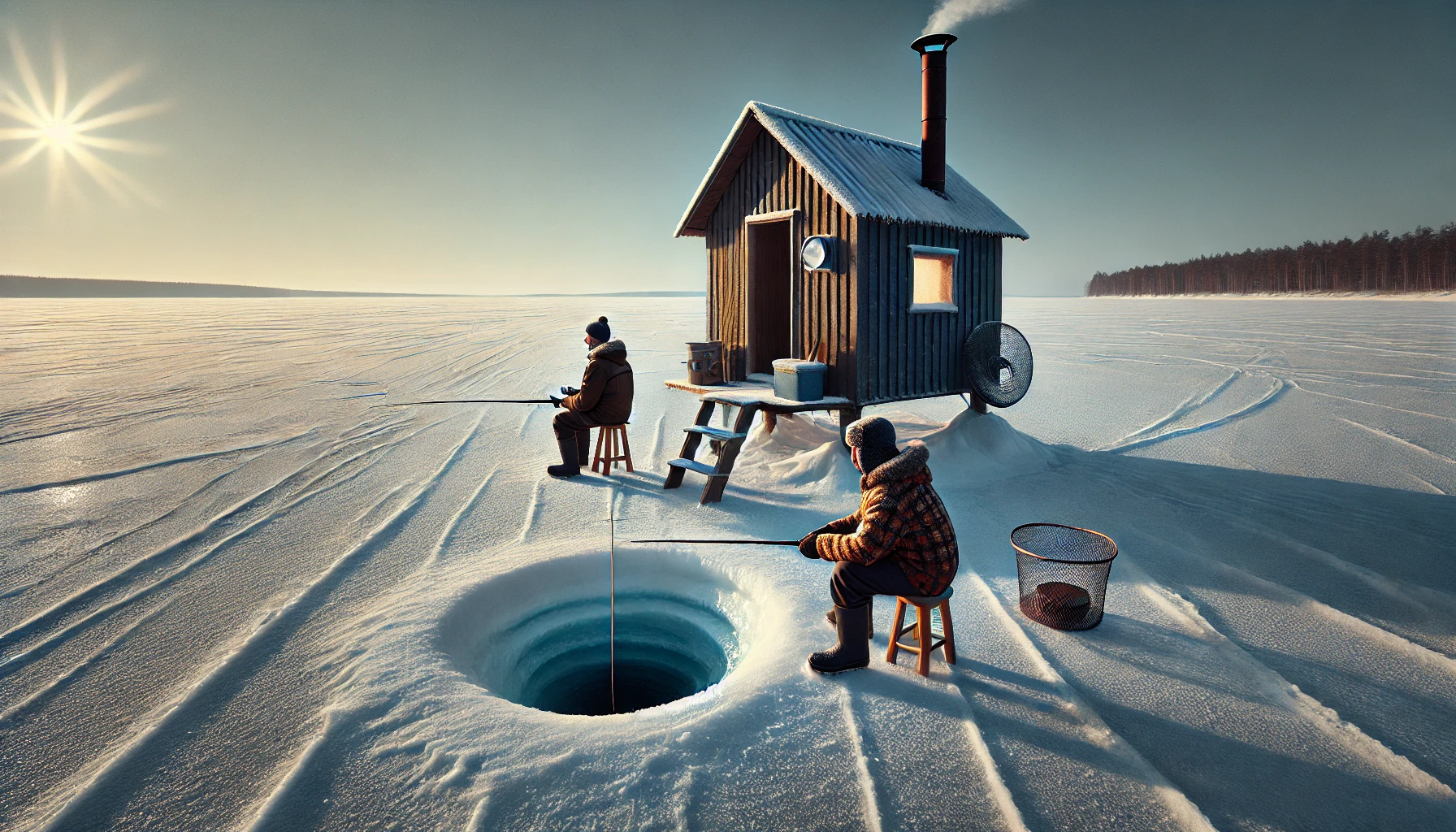Drawing horses is a pursuit that captivates many, from budding artists to seasoned equestrians. The grace, power, and beauty of these majestic creatures make them an inspiring subject for artists. Whether you’re a horse enthusiast, an equestrian, or simply someone who appreciates the elegance of animals, learning to drawing:v74uyhgg9tq= horse can be a rewarding experience. This guide will walk you through the essential steps, techniques, and tips to master the art of horse drawing.
Why Horses Make the Perfect Subject
Horses have been admired and depicted in art for centuries. Their powerful physique and graceful movements make them fascinating subjects for artists. What makes drawing horses particularly interesting is the challenge they present. Capturing their anatomy, the way their muscles move, and their expressive eyes requires skill and practice. However, the reward lies in creating a piece of art that conveys the essence of these noble animals.
Galloping into Artistry with Equine Sketches
Drawing horses is a timeless art form that captivates the imagination of equestrians, animal lovers, and horse enthusiasts alike. Whether using charcoal, pencil, or digital tools, every drawing:v74uyhgg9tq= horse encapsulates the spirit and grace of these magnificent creatures. This blog post will guide you through the basics of horse sketching, exploring techniques that will help bring your equine visions to life.
The Timeless Appeal of Drawing Horses
Horses have been a subject of artistic endeavors for centuries. Their powerful forms and dynamic movements make them ideal subjects for artists seeking to capture both beauty and strength through their drawings. When working on a drawing:v74uyhgg9tq= horse, artists can explore different styles from realistic portrayals to abstract interpretations, each offering a unique perspective on these majestic animals.
Drawing horses not only serves as a creative outlet but also allows enthusiasts to deepen their understanding of equine anatomy and behavior. By focusing on each line and shadow, artists develop an appreciation for the intricate details that define a horse’s appearance and personality. This connection between art and study enhances the experience of drawing:v74uyhgg9tq= horse, making it more than just an artistic pursuit.
For those who love both horses and art, creating equine sketches can be a meditative practice. The process of sketching allows individuals to immerse themselves in the rhythm of drawing:v74uyhgg9tq= horse, fostering a sense of calm and focus. This interplay between creativity and mindfulness makes horse sketching a rewarding experience for anyone who appreciates these noble creatures.

Essentials of Equine Anatomy for Artists
Understanding equine anatomy is crucial for artists aiming to create lifelike representations of horses. By studying the skeletal and muscular structures, artists can accurately capture the proportions and movements in their drawing:v74uyhgg9tq= horse. Familiarity with equine anatomy also aids in identifying the unique characteristics of different breeds, allowing artists to tailor their sketches accordingly.
Anatomy study often begins with the horse’s head, characterized by its distinct features such as the large expressive eyes, flaring nostrils, and sensitive ears. Capturing these elements in a drawing:v74uyhgg9tq= horse requires attention to detail and practice in shading and perspective to convey depth and realism. The head serves as the focal point of many equine sketches.
Moving down to the body, artists need to consider the muscular build and elegant posture that define a horse’s silhouette. Understanding how muscles interact and move beneath the skin is essential for creating dynamic poses in a drawing:v74uyhgg9tq= horse. This knowledge allows artists to depict different actions, from a powerful gallop to a graceful trot, with accuracy and flair.
Tools and Materials for Horse Sketching
The choice of tools and materials significantly impacts the outcome of a horse sketch. Artists can experiment with various mediums to find the one that best suits their style and the mood they wish to convey in their drawing:v74uyhgg9tq= horse. Common tools include graphite pencils, charcoal, and pastels, each offering different textures and effects that can enhance an equine sketch.
Graphite pencils are a popular choice for beginners due to their versatility and ease of use. They allow artists to create precise lines and subtle shading, which are essential for capturing the fine details in a drawing:v74uyhgg9tq= horse. Charcoal, on the other hand, provides a rich, bold contrast that can highlight the dramatic contours of a horse’s form.
Digital tools have become increasingly popular among artists, offering new possibilities for creating and sharing art. With digital tablets and styluses, artists can experiment with an array of brushes and effects in their drawing:v74uyhgg9tq= horse without the limitations of traditional materials. This versatility encourages creativity and innovation in equine sketching.
Techniques for Capturing the Spirit of Horses
To truly capture a horse’s spirit in a sketch, artists must go beyond mere accuracy and focus on conveying emotion and movement. One technique is to study live horses or reference photos, observing how they interact with their environment and each other. This observation informs the artist’s ability to incorporate life and energy into their drawing:v74uyhgg9tq= horse.
Gesture drawing is a valuable exercise for capturing the dynamic essence of a horse. By creating quick, fluid sketches, artists can explore different poses and movements, focusing on the overall form rather than intricate details. This approach encourages artists to loosen up and infuse their drawing:v74uyhgg9tq= horse with vitality and spontaneity.
Finally, experimenting with light and shadow can add depth and drama to a sketch. By playing with contrasts and highlights, artists can emphasize the contours and textures that give a horse its distinctive appearance. This technique enhances the visual impact of a drawing:v74uyhgg9tq= horse, bringing the subject to life for the viewer.
Common Challenges and How to Overcome Them
Like any art form, horse sketching comes with its own set of challenges. One common obstacle is achieving accurate proportions, as even slight deviations can result in a drawing:v74uyhgg9tq= horse that looks unnatural. Practicing with grid techniques or using reference points can help artists maintain correct proportions in their sketches.
Another challenge is capturing the intricate details that define a horse’s unique characteristics. Artists may struggle with rendering the texture of a horse’s coat or the subtle expressions conveyed through its eyes and ears. Focusing on these details requires patience and perseverance in the drawing:v74uyhgg9tq= horse process, allowing artists to refine their skills over time.
Finally, artists may find it difficult to infuse their sketches with emotion and movement. Overcoming this challenge involves pushing beyond technical accuracy to explore the expressive potential of each line and stroke in a drawing:v74uyhgg9tq= horse. This creative exploration ultimately leads to more compelling and resonant equine art.
Drawing Different Breeds and Styles
Each horse breed has its distinct characteristics, offering artists a variety of subjects to explore in their sketches. From the powerful build of a Clydesdale to the sleek elegance of a Thoroughbred, each breed presents unique challenges and opportunities for artists working on a drawing:v74uyhgg9tq= horse. Studying these differences enriches an artist’s understanding of equine diversity.
Different styles of sketching can also add variety to an artist’s portfolio. Realistic renderings capture every detail of a horse’s anatomy, while more abstract approaches focus on form and movement. Experimenting with styles in a drawing:v74uyhgg9tq= horse allows artists to develop their unique voice and create diverse, captivating works of art.
A playful approach to styles might include combining elements of different breeds or incorporating fantastical elements into a sketch. This creative freedom encourages artists to push the boundaries of traditional equine art, resulting in innovative and engaging drawing:v74uyhgg9tq= horse pieces that captivate viewers.
The Role of Reference Photos and Live Observation
Reference photos and live observation are invaluable tools for artists looking to create accurate and lifelike equine sketches. High-quality photos provide artists with a wealth of information about a horse’s anatomy, coat patterns, and unique features. Using these photos as a guide, artists can enhance their drawing:v74uyhgg9tq= horse with precise details and textures.
Live observation, whether at a stable or during an equestrian event, offers a dynamic perspective on horses in motion. By watching horses interact with their surroundings, artists gain insights into their behavior and movement. This firsthand experience informs the energy and authenticity of a drawing:v74uyhgg9tq= horse, resulting in more engaging and realistic art.
Artists should aim to strike a balance between using reference materials and trusting their instincts. While references provide valuable guidance, relying too heavily on them can stifle creativity. By incorporating personal observations and experiences into their drawing:v74uyhgg9tq= horse, artists can create unique and expressive works that resonate with viewers.
Building Your Portfolio and Sharing Your Work
Aspiring equine artists can benefit from building a diverse portfolio that showcases their skills and versatility. A strong portfolio includes a range of styles, subjects, and techniques, demonstrating an artist’s ability to adapt and grow. Sharing these drawing:v74uyhgg9tq= horse creations with others can open doors to new opportunities and collaborations.
Social media platforms, online galleries, and equestrian communities provide excellent venues for artists to share their work and connect with fellow enthusiasts. Engaging with these networks allows artists to gain feedback, inspiration, and support from a broader audience. By actively participating in discussions and events, artists can expand their reach and influence within the equine art world.
In addition to sharing their work online, artists can seek opportunities to display their creations at local art shows, equestrian events, or galleries. These venues offer valuable exposure and the chance to engage with potential buyers and collaborators. By showcasing their drawing:v74uyhgg9tq= horse pieces in various settings, artists can build a reputation and establish themselves as skilled equine artists.

Learning from Other Equine Artists
There is much to be gained from studying the work of other equine artists, both past and present. Renowned artists like George Stubbs and Rosa Bonheur have left a rich legacy of equine art that continues to inspire today’s creators. Exploring their techniques and styles can provide valuable insights for artists working on a drawing:v74uyhgg9tq= horse.
Contemporary artists also offer fresh perspectives and innovative approaches to equine art. By following their work, attending workshops, or participating in online courses, artists can learn new techniques and expand their creative horizons. This ongoing education enriches an artist’s skillset and enhances their ability to create captivating drawing:v74uyhgg9tq= horse pieces.
Collaboration and networking with fellow artists can foster growth and development within the equine art community. By exchanging ideas and experiences, artists can inspire each other and explore new directions in their work. This sense of camaraderie and support is invaluable for artists as they continue to hone their skills in drawing:v74uyhgg9tq= horse.
Conclusion
Creating a drawing:v74uyhgg9tq= horse is an art form that bridges the gap between creativity and nature. By understanding equine anatomy, mastering various techniques, and seeking inspiration from fellow artists, enthusiasts can bring the grace and power of horses to life on paper. Whether you’re a seasoned artist or a novice just starting, the world of equine art offers endless possibilities for exploration and expression. Join the community of horse-lovers and artists in celebrating these majestic creatures through your unique, artistic vision.







